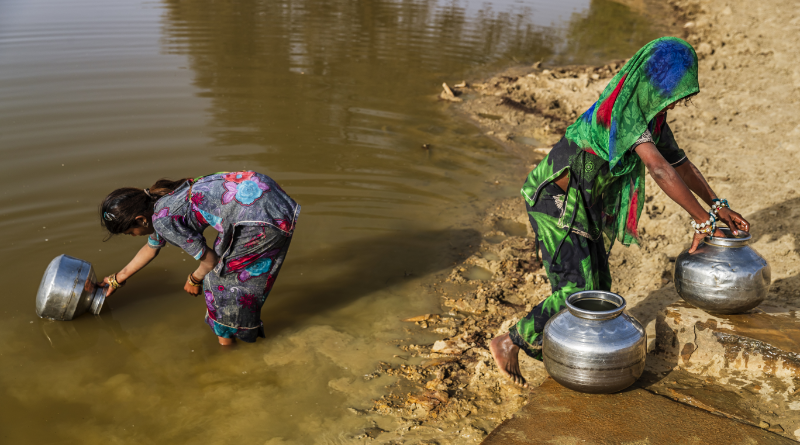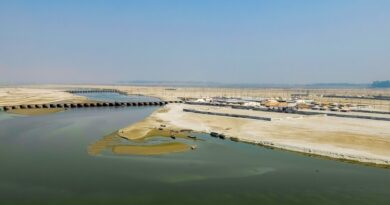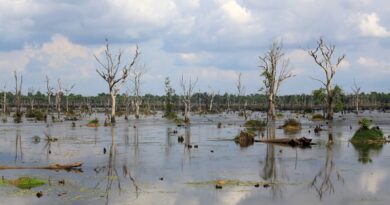Extremes in water availability linked to increased farmer suicides In India

Extremes is water availability have been found to be associated with an increase in suicide in India in a new study. Abnormally wet growing conditions may play an important, yet overlooked, role in suicide among rural Indian adults, the study that looked at some 9500 suicides between 2001 and 2013, found.
Extremes in water availability, either exceptionally wet or dry conditions, can damage crops and may detrimentally affect the livelihood and well-being of people engaged in agriculture. The authors of the study estimated the effect of water availability on suicide in rural India, a context where the majority of households are dependent upon agriculture.
The study, recently published in Environmental Research journal, randomly selected rural areas in India, defined to have a population of less than 5,000 and where more than 25 per cent of the male population were employed in the agriculture sector.
The analysis revealed an increase in suicides of 18.7 per cent during extremely wet cropping seasons when compared with normal growing seasons. There was a 3.6 per cent increase during extremely dry seasons.
The most common methods of suicide were poisoning (40 per cent), hanging or strangulation (37 per cent), and burning (10 per cent). There were only minor changes in non-suicide deaths during the same periods suggesting that these were not related to changes in water availability.
Statistical information from the National Crime Records Bureau (NCRB) attributed bankruptcy and indebtedness as the top reasons for the suicides among farmers and cultivators. Poor crop yield affected those in subsistence farming.
The study also suggests that extremely wet conditions more strongly associated with suicide than extremely dry conditions.
“Very wet conditions can be very damaging to crops because of limited means to mitigate conditions. Extreme drought can be offset by irrigation, extremely wet conditions – such as flooding or torrential rain can result in conditions that are less easily mitigated and are more damaging to crops,” said Vimal Mishra, an associate professor of civil engineering at IIT-Gandhinagar and co-author of the study.
The study looks at climate change’s impact on agriculture and the farmers who are dependent on the environment. It highlights that flash floods and droughts have a different effect on those who live in flood zones, small and marginal farmers, and socially disadvantaged groups like women and Dalits.
Some recent studies by the Union Earth Science Ministry and the Indian Institute of Tropical Meteorology confirm the significant rising trend of frequency and intensity of extreme weather events since 1950 in central India and a three-fold increase in extreme events in the west of the country through 2015.
Meanwhile, another recent study, by the Goa-based National Institute of Oceanography has said warming of Bay of Bengal and the Indian Ocean is likely to weaken the India monsoon further in the near future, which could be accentuated by land mass changes across the country.
The study reviewed the under sediment cores derived from the Krishna Godavari basin of the Bay of Bengal to understand how the monsoon rainfall pattern has changed in the past 2000 years. Most of the studies on Indian monsoon pattern are based on temperature and rainfall variations available with the India Meteorological Department (IMD) since 1901 for land and sea.
“The intensity of the monsoon depends on the difference in temperatures on the Eurasian landmass and the waters of the Indian Ocean during the spring each year. If the landmass is warm and the sea waters are cool we will have a strong monsoon. But if the land is warm and the sea is also relatively warm, the monsoon will be weak,” Dr Divakar Naidu, who led the two-year long study, was quoted as saying in a recent news report in the Hindustan Times.



